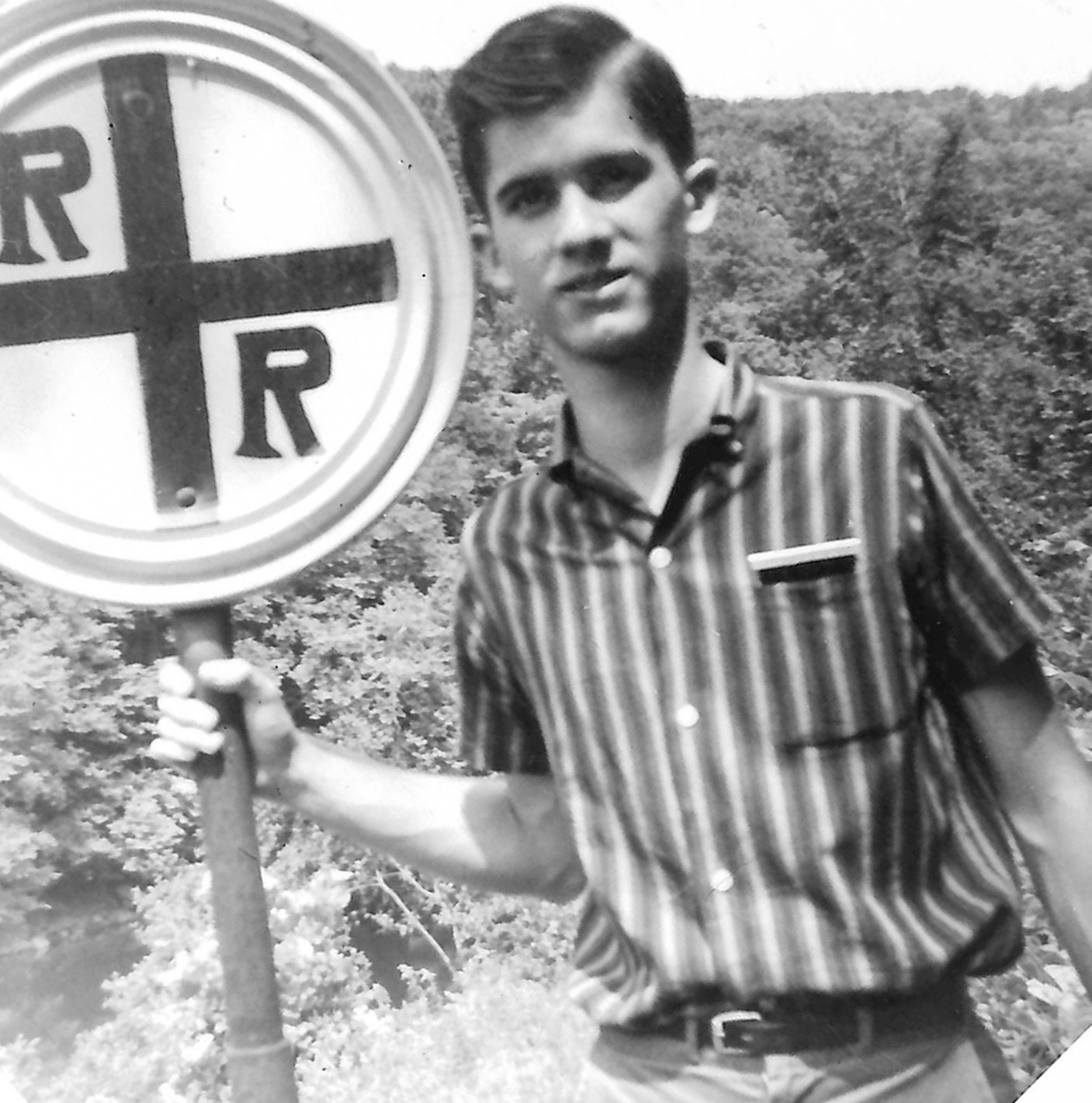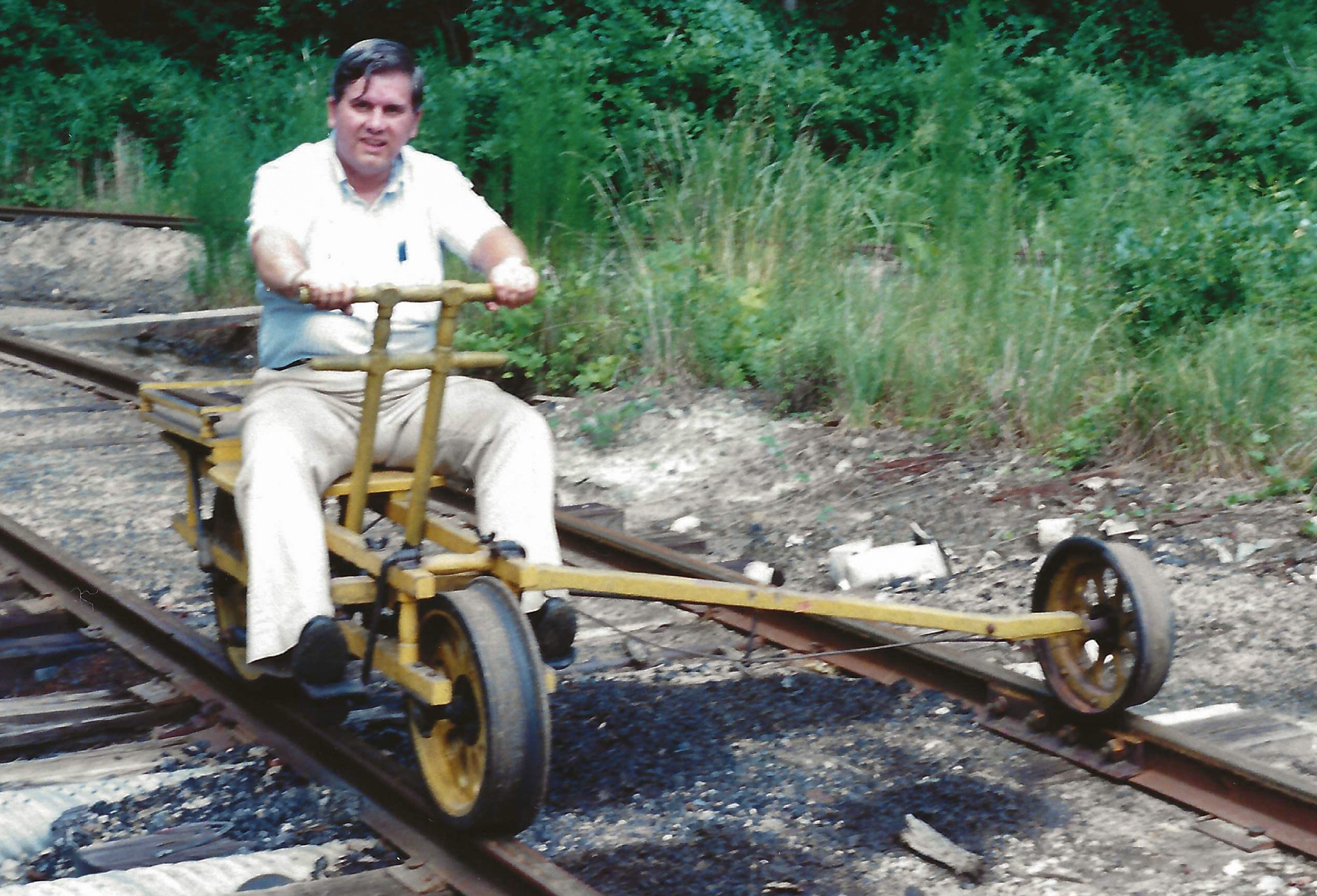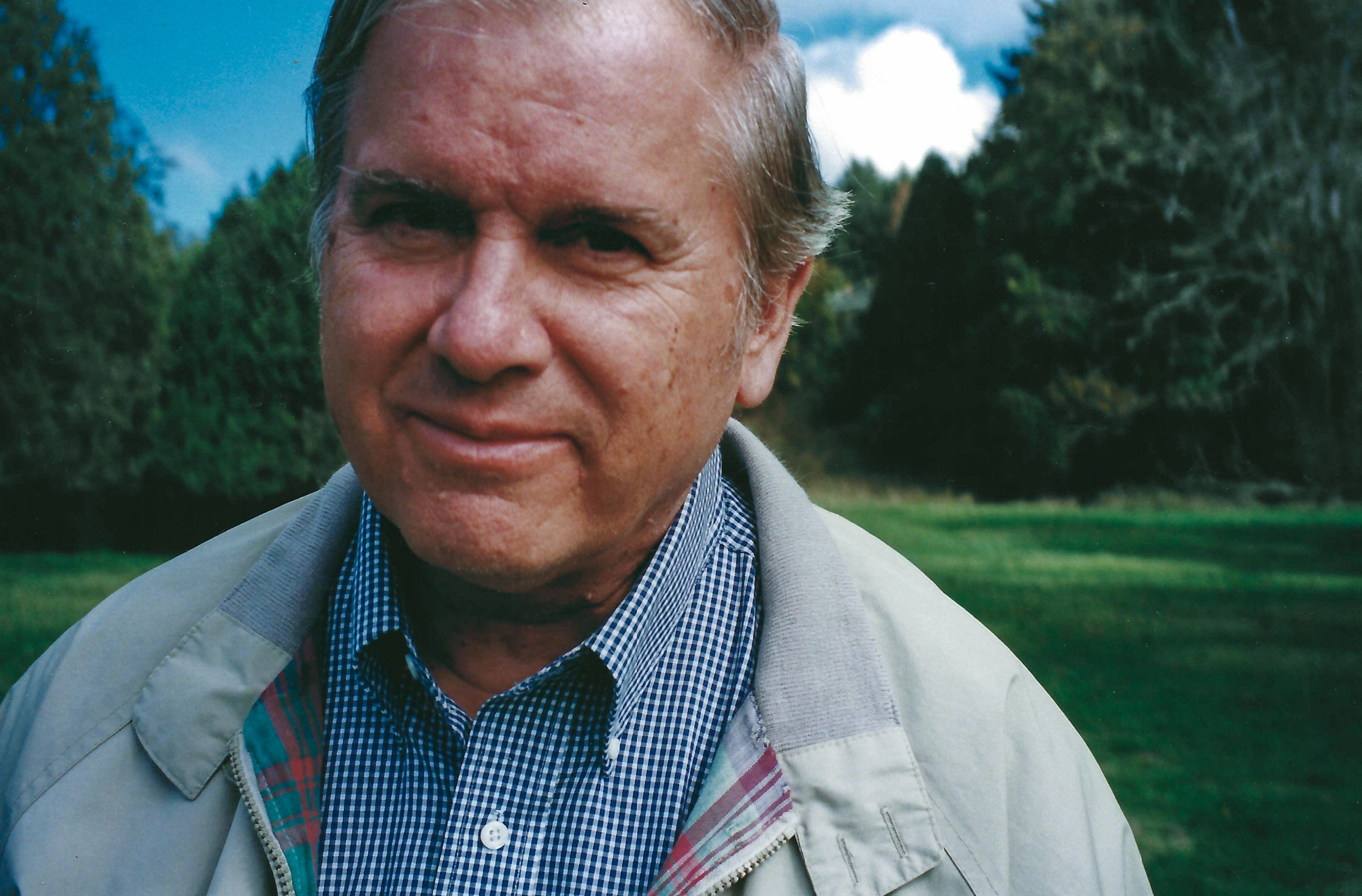 |
Like many lifelong railroaders, Edward Lewis’ lifelong love affair with trains and railroads began when he was a child. Growing up in Ho-Ho-Kus, New Jersey, he would explore, often by bicycle, rail lines and stations in his home state and in New York. To indulge his interest, his parents and sister made frequent detours to visit railroads during family trips, something he would repeat with his own family years later. Lewis officially began his career in the railroad industry in 1963 at the Long Island Railroad, where he served as a clerk. He was assistant to the president and general manager of the Arcade and Attica Railroad in New York; auditor of freight revenue at the Providence & Worcester Railroad in Rhode Island; vice president of the Strasburg Rail Road in Pennsylvania; and secretary-treasurer and general manager of the Lamoille Valley Railroad Company in Vermont. In 1987, Lewis was the first company outsider to be hired as president of the Aberdeen and Rockfish Railroad (A&R) in North Carolina. He held that position for 20 years until 2007. In a 2017 article about the A&R in the News & Observer, Lewis was credited with bringing about much of the railroad’s most recent successes. According to the article, it was Lewis who decided to take a chance on the Pee Dee River Railway (PDRR), a 20-mile line now owned by Marlboro County, South Carolina that CSXT had spun off. |
|
|
Soon after A&R leased the railroad in 1987, Willamette Industries (now Domtar) built a $350 million paper mill on the line, providing crucial business that continues today. Collaborating with economic developers, Lewis was able to attract other shippers to the PDRR including Mohawk Carpet and Arauco. Also in 1987, Lewis added the Dunn & Erwin Railway to the A&R portfolio; this line lasted until 2000 when the major shipper Erwin Mills permanently shuttered. Lewis’s interest in railroads extended beyond his work managing them. He wrote several books about railroads that often featured photographs he took himself. In 1971, he published his first book, the Wellsville, Addison and Galeton Railroad: Sole Leather Line which told the history of the WAG, as the railroad was “affectionately” known. He also wrote The Arcade & Attica Railroad in 1972; The Blackstone Valley Line: the Story of the Blackstone Canal Company and the Providence & Worcester Railroad in 1973; New England Country Depots also in 1973; Vermont’s Covered Bridge Road: the Story of the St. Johnsbury & Lamoille County Railroad in 1974; Reading’s Victorian Station in 1976; and The “DO” Lines: the Story of the Railroads Created to Take Over Lines Unwanted by Conrail in 1978. In 1992, while president of the Aberdeen & Rockfish Railroad, Lewis co-authored a book with Jim Wrinn, the late editor of Trains Magazine, to celebrate the A&R’s 100th anniversary. The book was titled The Road of Personal Service: A Centennial History. |
||
 |
 |
|
|
Lewis’ most famous book remains his American Shortline Railway Guide, a directory of small railroads, featuring “facts, figures, and detailed locomotive rosters” of hundreds of U.S. short lines. Numerous editions of this guide were published by Kalmbach Publishing Co. and at least one edition was produced with the assistance of ASLRRA. Copies of Lewis’s railway guide can still be found in ASLRRA’s Washington, D.C. office and the Association has called this book the gold standard of statistical and historical information for short lines. Lewis was an avid collector of railroad ephemera, including historic railroad passes, timetables, maps, and tickets. At one time, he maintained arguably the most comprehensive collection of railroad timetables and historic stock certificates in North America. Edward Lewis passed away on Nov. 11, 2015, after battling Parkinson’s disease. He remains highly regarded by industry professionals and is remembered as “Mr. Short Line,” a witty and engaging man who enjoyed encouraging and giving advice to colleagues. He was fortunate to have discovered his passion for railroads at an early age and not only to succeed in the industry, but to have known so many wonderful railroad fans, colleagues, employees, and friends on his journey. |
||
 |
||